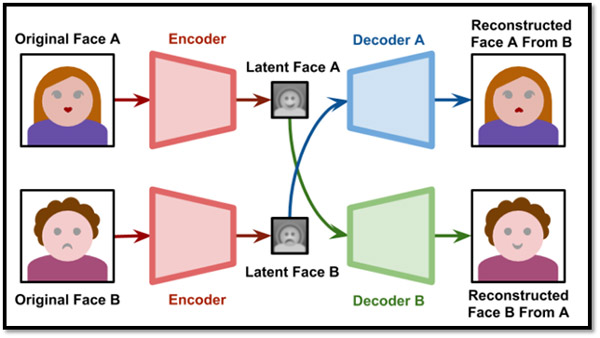7667766266
enquiry@shankarias.in
Iconic Tourist Sites
Adopt a Heritage Scheme (Apni Dharohar, Apni Pehchaan)
Cryptocurrency
Distributed Ledger Technologies
Deepfakes

Source: Indian Express, PIB, IDSA